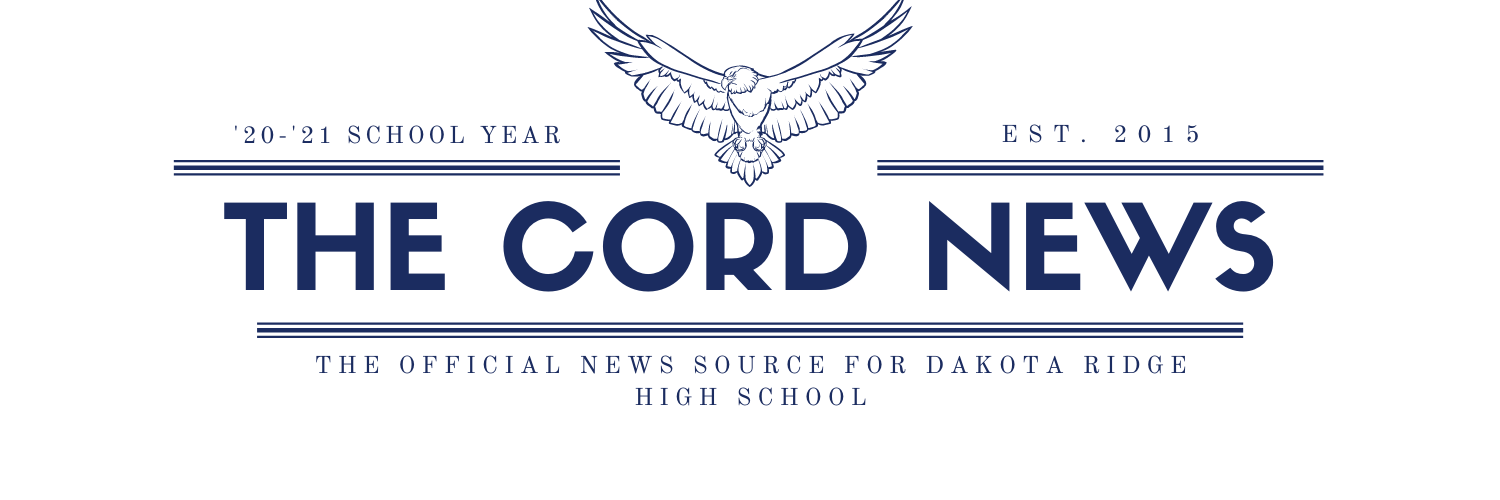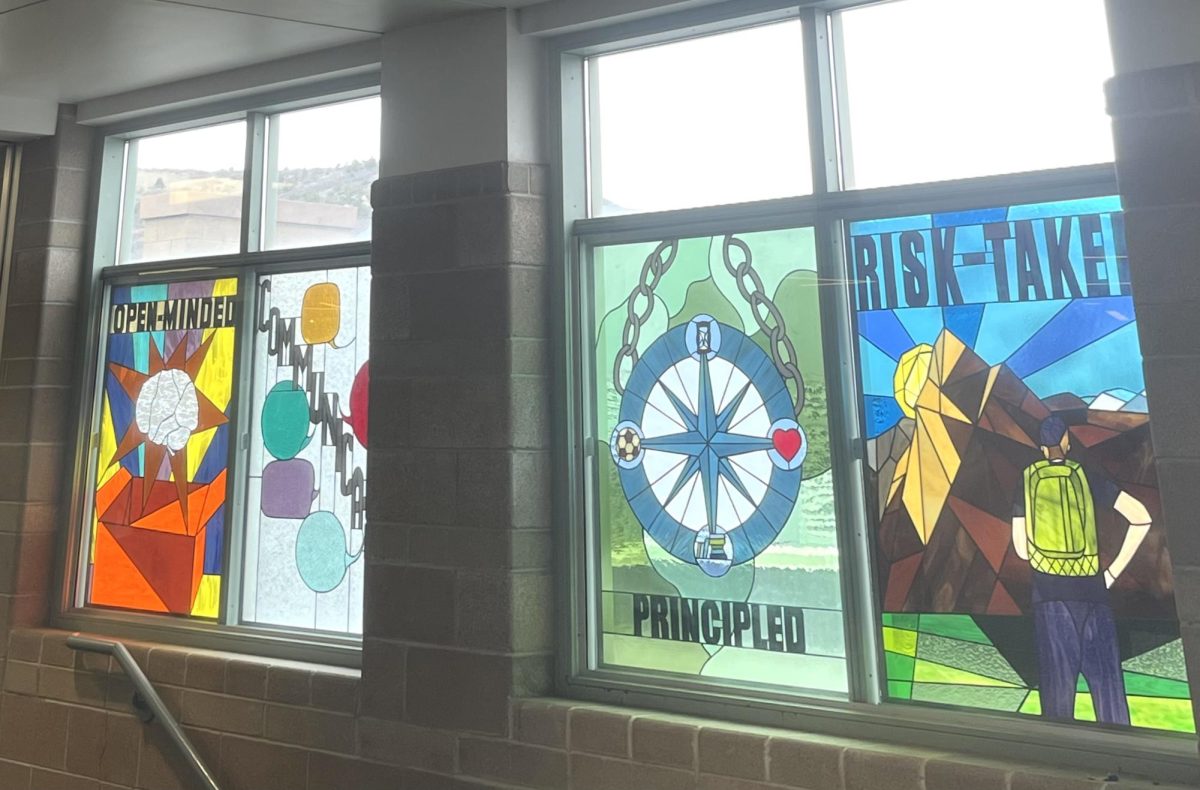Chat GPT seemed to appear overnight, and within a week, it took schools by storm, causing panic and worry in many educators’ offices. Quickly, school districts across the nation realized that this new technology had to be addressed, some even fearing its capabilities.
However, Chat GPT isn’t as accurate as people think, particularly for students and educators. Many teachers realized for themselves that AI isn’t great at writing essays or papers, which made it easy to tell when a student cheated.
“The IB will not ban the use of AI software,” IB (International Baccalaureate Organization) said in their official statement from March of 2023. “The simplest reason is that it is an ineffective way to deal with innovation.”
Chat GPT is a development using AI that can assist in students’ writing and answers to questions. It was developed in 2020 and currently has about 180.5 million users, according to Exploding Topics.
“We should be excited,” head of assessment principles and practice, Dr. Matthew Glanville, mentioned in his article, Why Chat GPT is an Opportunity for Schools, which IB linked to their statement. “We should embrace it as an extraordinary opportunity.”
But what about cheating? Is it a real problem in schools?
Well, according to The Byte, around 89% of college students use Chat GPT for school assignments. Another 79% of students use it for at-home tests or quizzes, while 53% admit to using it to write an essay or paper. Only 22% of students admit to using it for an essay or paper outline.
So, naturally there are educators worried about children.
“I think that humans are going to forget how to think if we start relying completely on AI to do things for us,” Dakota Ridge IB coordinator Holly Davis said.
Dakota Ridge counselor Nile Smith references Wall-E to demonstrate some of the struggles society is facing with AI. Wall-E demonstrates a futuristic society in which humans no longer think or do anything without the intervention of AI.
“If we raise a new generation who doesn’t have to do any of the cognitive work, what will happen to our society in the future?” Dakota Ridge English teacher Jill Prew said.
According to CNBC, Chat GPT is only accurate about 72% percent of the time. This means that, on average, a paper created by AI itself would only get a C (or 2) on a paper, if graded solely on accuracy.
Ryan Miller, a social studies teacher at Dakota Ridge, tested this theory himself, and got similar results. “I think there are a lot of limitations that come with using an AI model to replace student work,” Miller said.
Despite its inaccuracies, there are still some students who use it to replace their work. But why?
“I assume they [students] use it because they believe it makes completing their schoolwork easier,” Prew said.
The fact of the matter is that, yes, it is easier to complete assignments. What could normally take a student 30 minutes to complete takes a computer 30 seconds (at most). But through the use of AI, students are diminishing the impact of their education.

“When you cheat yourself in those places, then you really do cheat yourself in the long run,” Davis said. “What are you learning? What are you going to retain?”
Not everyone uses AI to cheat on papers. In fact, many students use it as a resource. A good analogy to think of is calculators. Calculators were a tool, like Chat GPT, that students weren’t allowed to use, but eventually even schools relied on it. Most math (or even some science) classes require a calculator because it makes basic math easier. Chat GPT has the potential to be the same thing.
Some teachers, like Ms. Prew, believe Chat GPT can be a starting place, almost like Wikipedia, but should not be the main tool used in one’s education. Principal Kim Keller admits she uses Chat GPT to assist in some of her writing but not to do it for her.
“I think if used properly,” Smith said, “it can open up some different perspectives and creative avenues.”
IB had the same idea and limited their students to using AI for the basic outline of papers or essays. IB even allows students to use AI as a source of information, but they have to cite it like they would any other website.
Jeffco Public Schools understands the importance of accepting AI. According to Keller, Dakota Ridge teachers have had training sessions on how to manage AI in their classrooms. Ashley Ferrar has been leading many of these training sessions.
“I’ve done a couple of trainings with her [Ashley Ferrar],” Miller said. “She’s come into our building and done a short training with our teachers.”
AI even recognizes some of the shortcomings of its writing. When I asked AI to write a paragraph for an article about where AI falls short, its response was: “While AI technology has made significant strides in various domains, it still grapples with certain intricacies, particularly in the realm of essay writing. Despite its ability to generate coherent text and mimic human language, AI often lacks the depth of insight, creativity, and nuanced understanding that human writers bring to their compositions. Essays demand more than just stringing words together; they require critical thinking, empathy, cultural awareness, and the ability to convey complex ideas with clarity and conviction—qualities that remain elusive for AI systems. While AI can assist in drafting initial outlines or generating content, it ultimately falls short in capturing the essence of human thought and expression, highlighting the irreplaceable role of human intellect and creativity in the art of essay writing.”
So while AI has many benefits and can be used for good, within and out of the classroom, humans need to recognize its shortcomings and not rely on it for their education. AI is continuing to change as its role grows bigger within society, and it’s up to humans to decide how big of a role it plays in their lives.









